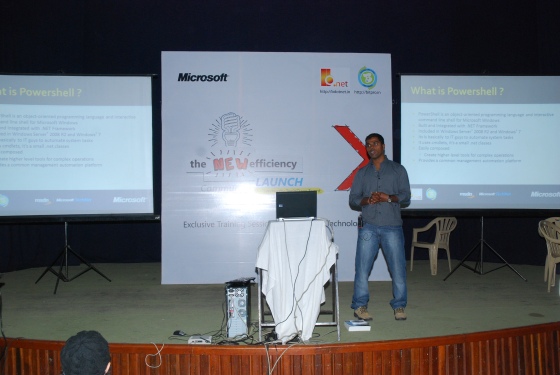Below is the VBscript to Modify Folder NTFS Security and Share permission. It is using Cacls.exe and Rmtshare.exe to modify the permission. Cacls.exe can be used to modify Folder NTFS security Permission and rmtshare.exe modifies Share Permission. Below script removes all the existing permission NTFS Permission and Provides domain\accountname Full access and remove Inheritance check box and provide domain\accountname read share permission and remove all the other share permission. You can modify the script to suite your requirement
Set WshNetwork = WScript.CreateObject(“WScript.Network”)
strFolderName = Installerpath(WshNetwork.ComputerName)
Set objShell = CreateObject(“Wscript.Shell”)
intRunError = objShell.Run(“%COMSPEC% /c Echo Y| cacls ” & strFolderName & ” /c /g domain\accountname:F”, 2, True)
intRunError = objShell.Run(“F:\Krishna\Rmtshare.exe \\Servername\Sharename /remove”)
intRunError = objShell.Run(“F:\Krishna\Rmtshare.exe \\Servername\Sharename /grant “”domain\accountname””:read”)
intRunError = objShell.Run(“F:\Krishna\Rmtshare.exe \\Servername\Sharename /remove everyone”)
Function Installerpath(compname)
strPath = “\\” & compname & “\Sharename”
strPath = Replace(strPath, “\\”, “”)
arrPath = Split(strPath, “\”)
strComputer = arrPath(0)
strShare = arrPath(1)
Set objWMIService = GetObject(“winmgmts:\\” & strComputer & “\root\cimv2”)
Set colItems = objWMIService.ExecQuery(“Select * From Win32_Share Where Name = ‘” & strShare & “‘”)
For Each objItem in colItems
strFolderName = objItem.Path
Next
Installerpath = strFolderName
End Function
Executing the script :
Save the file as .vbs and you can execute locally or user psexec.exe to execute script remotely. Below is the psexec command to run remotely.
Psexec.exe \\servername cscript C:\Securitymodify.vbs
You can find the copy of the code in the below link
http://powershell.com/cs/members/smtpport25.wordpress/files/ModifySecuritySharePermission.txt.aspx


